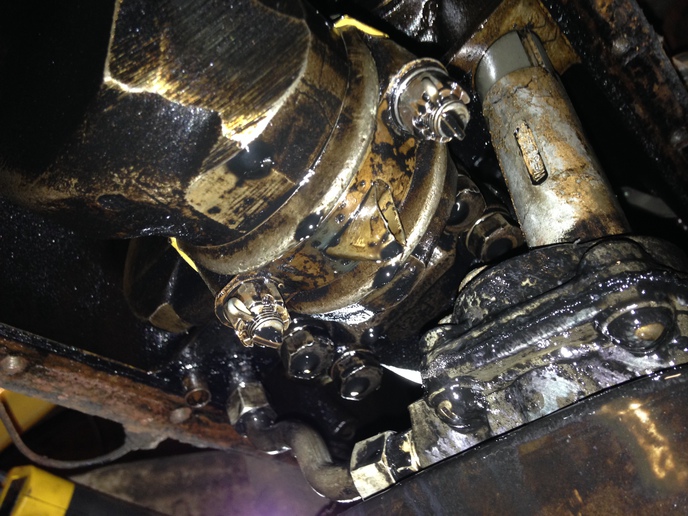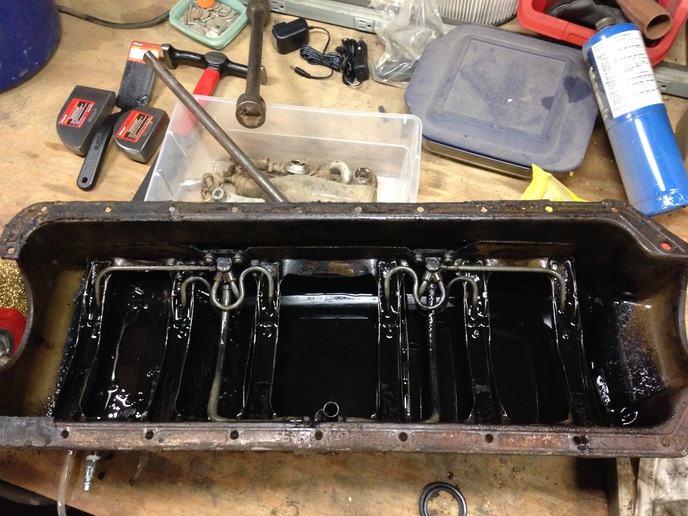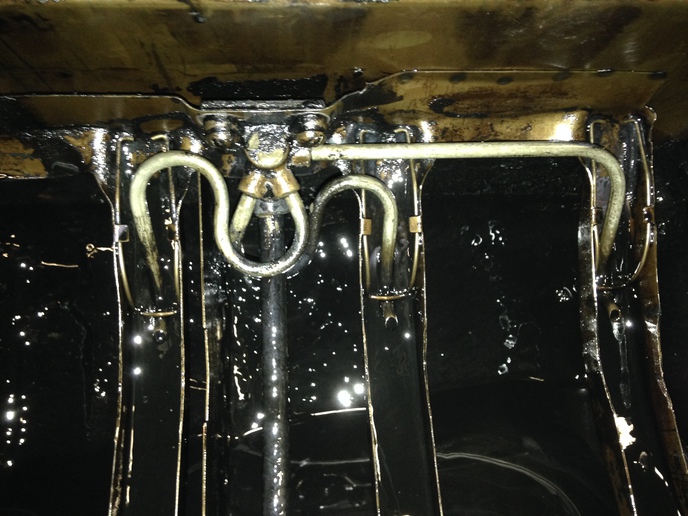notjustair
Well-known Member
I find old technology interesting. Of course, most everything I farm with is from the 40's to the 90's so there's quite a technology curve there. Some things have electronic ignition and some have a crank in case you need it.
I pulled the engine on the 1935 Chevy grain truck today to clean up the pan and check bearings and all other goodies. The 207 in that truck is an engineering marvel. It's got a vane oil pump but uses cups on the rods to help pressurize tubes in the pan. That pressurized oil is then added to the oil from the pump to go to the top end. The rod bearings are oiled through these scoops so it only needs oil for three main bearings and the valve train. It's just such a conglomeration of Rube Goldberg devices to get enough oil. It runs about 15 pounds of pressure hot.
I about died the first time I peeked in the pan. It looked like a nest of dead snakes.



I pulled the engine on the 1935 Chevy grain truck today to clean up the pan and check bearings and all other goodies. The 207 in that truck is an engineering marvel. It's got a vane oil pump but uses cups on the rods to help pressurize tubes in the pan. That pressurized oil is then added to the oil from the pump to go to the top end. The rod bearings are oiled through these scoops so it only needs oil for three main bearings and the valve train. It's just such a conglomeration of Rube Goldberg devices to get enough oil. It runs about 15 pounds of pressure hot.
I about died the first time I peeked in the pan. It looked like a nest of dead snakes.




